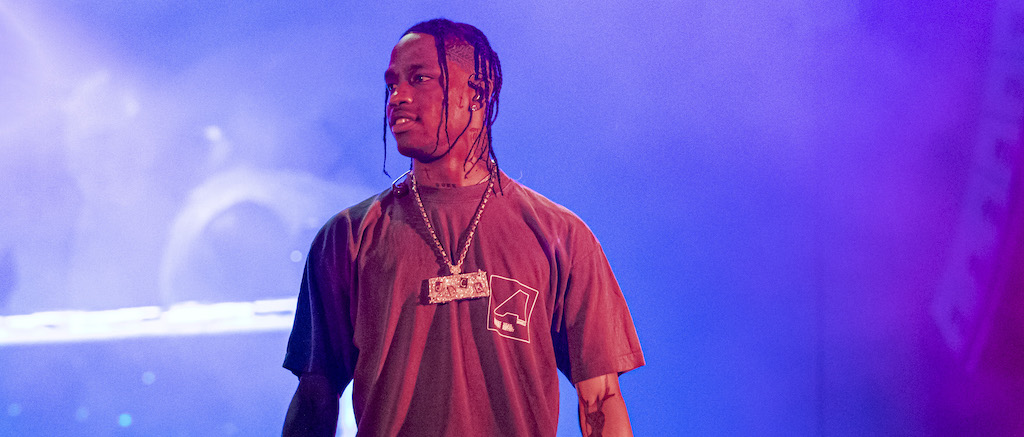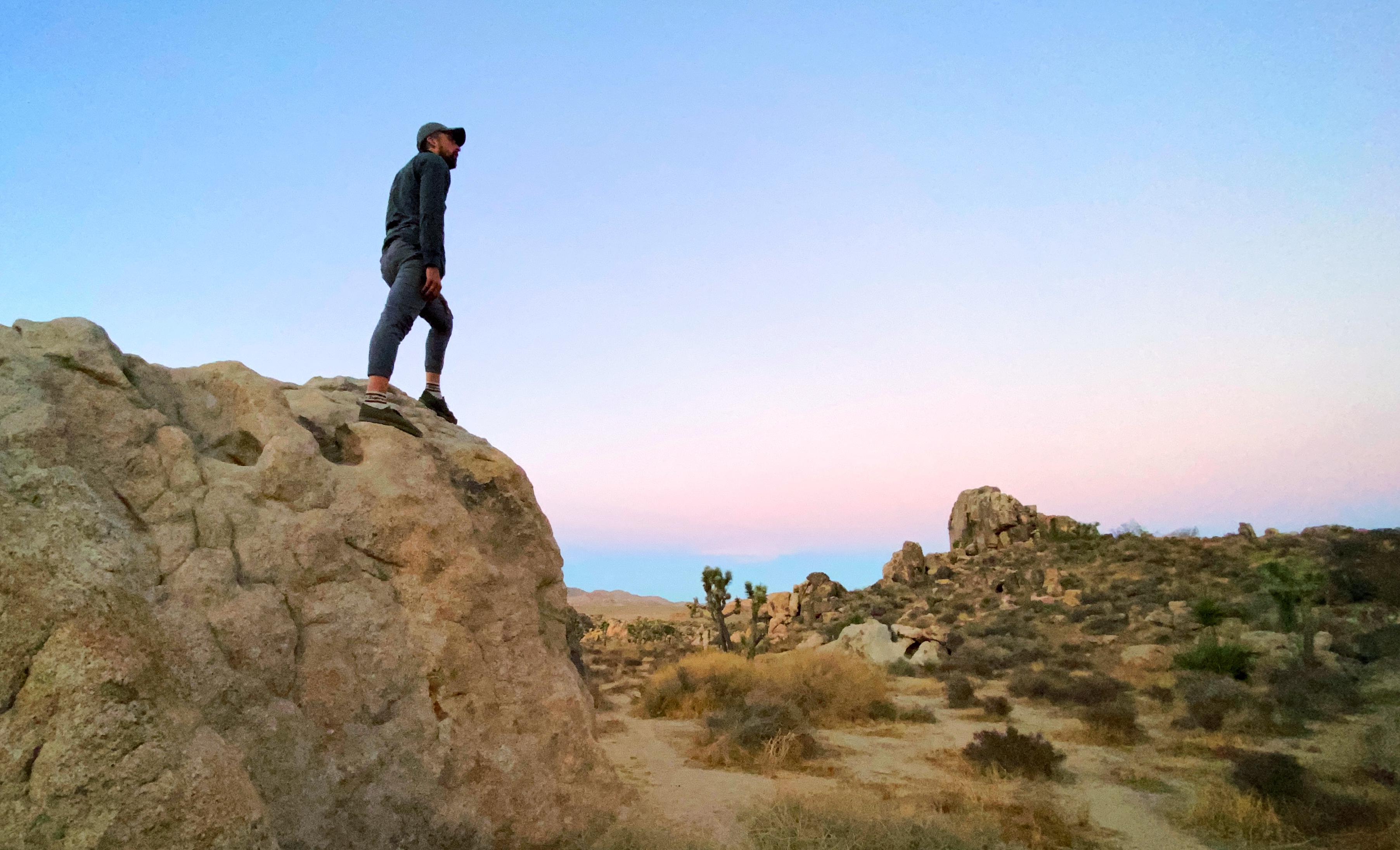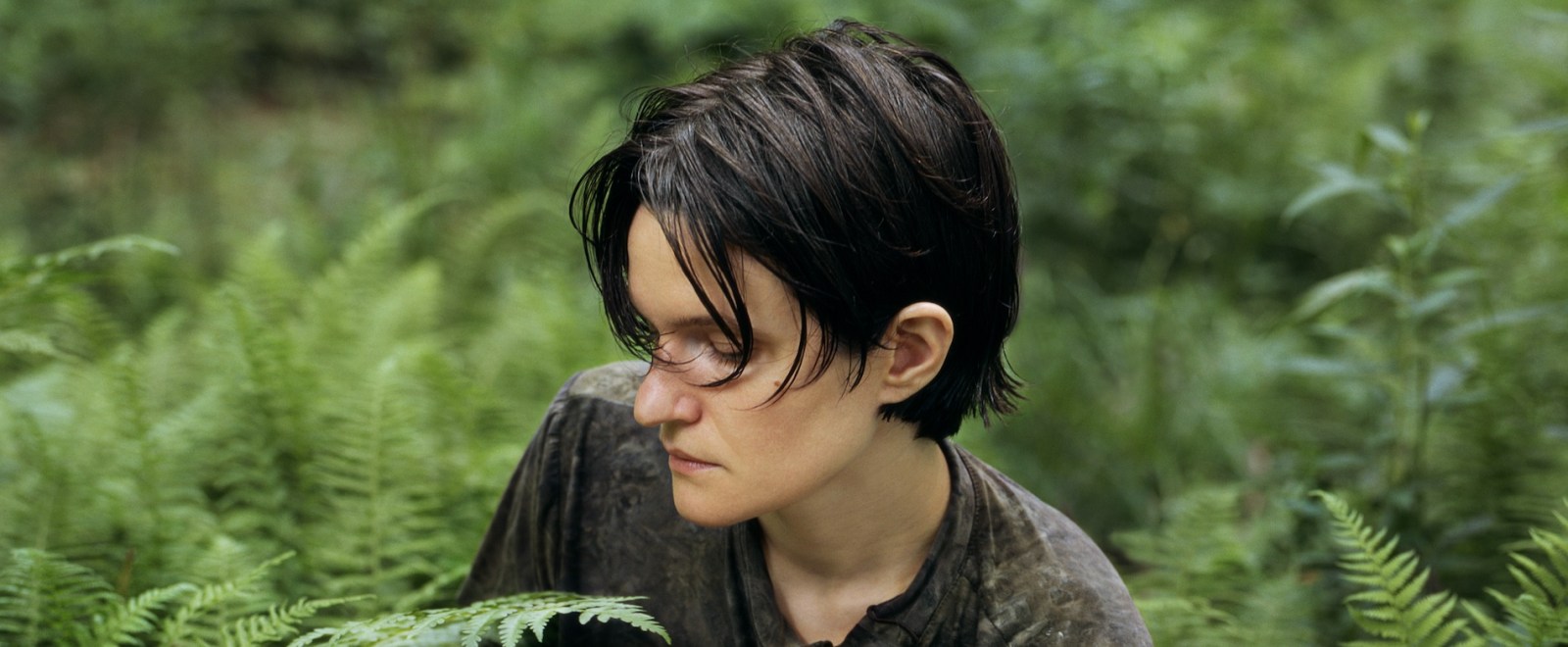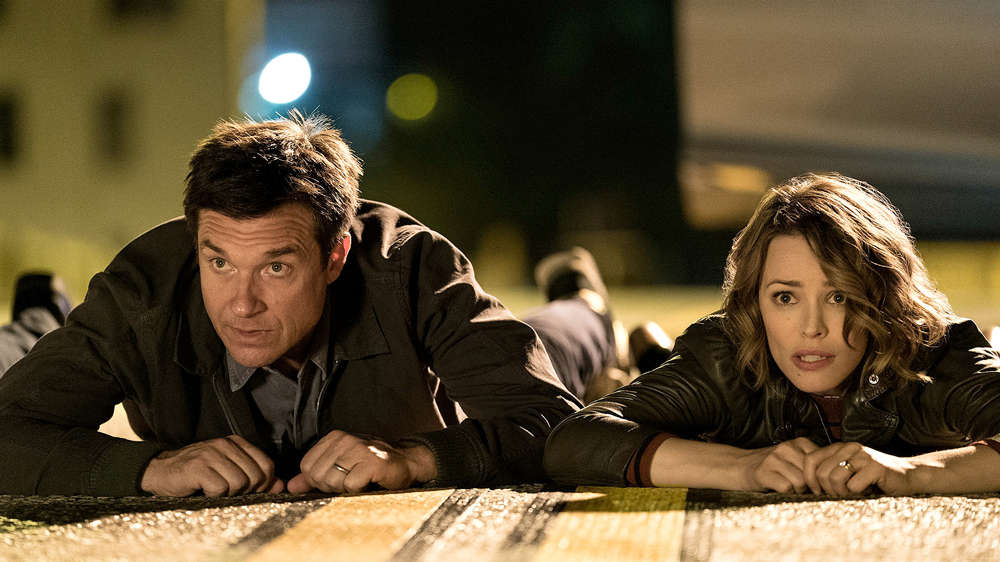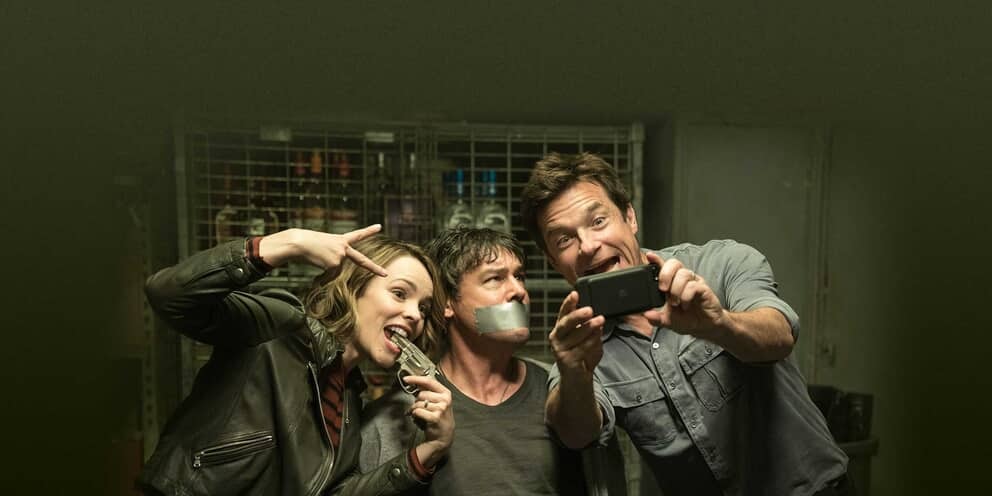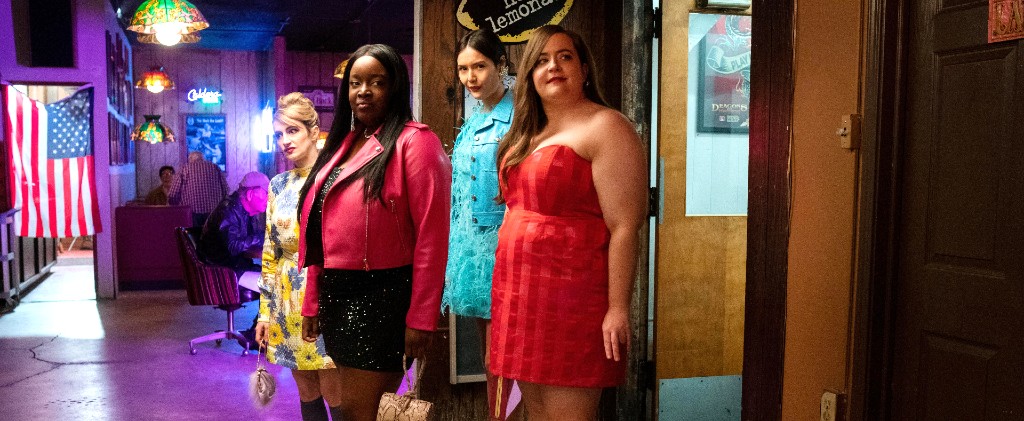
Big news: We’re almost to the halfway point of 2021.
Even bigger news: Hulu just announced its May lineup, and there’s A LOT happening on the streaming platform this month. Personally, we’re excited for the final season of Aidy Bryant’s Shrill and Marvel’s animated family drama that just happens to star a maniacal villain with a gigantic noggin voiced by Patton Oswalt. But there are plenty more TV shows and movies coming in May. Here’s the full list.
Shrill: Season 3 Premiere (Hulu series streaming 5/7)
The final season of Shrill promises fans that the show’s heroine Annie (the unfairly talented Aidy Bryant) will finally figure out exactly what she wants … or come closer to figuring that out, at least. But first, she’s got to wade through a lineup of “nasty boys” she’s been juggling, a series of cutbacks at her job, and some backlash to a high-profile assignment.
MARVEL’S M.O.D.O.K. (Hulu series streaming 5/21)
Egomaniacal super villains with oversized craniums have problems too, guys. That’s basically the premise of this new animated series set in the Marvel universe that follows a big-headed-baddie voiced by Patton Oswalt as he tries to hold onto his evil day job while also managing some family struggles at home.
Avail. 5/1
Are You The One?: Complete Seasons 4-6
Bad Girls Club: Complete Seasons 7, 9, 10 & 15
Blind Date: Season 1, Episodes 1 – 45
Dating #NOFILTER: Complete Seasons 1 & 2
I Am Cait: Complete Season 2
Married to Medicine: Complete Seasons 1 – 6
Shahs of Sunset: Complete Seasons 1- 6
Texicanas: Complete Season 1
(500) Days of Summer (2009)
The A-Team (2010)
The Age of Adaline (2015)
Almost Famous (2000)
An Elephant’s Journey (2018)
Any Given Sunday (1999)
The Assassin (2015)
Betrayed (1988)
Blast From The Past (1999)
Blue Chips (1994)
Bound (1996)
Burning (2018)
The Crazies (2010)
Cyrus (2009)
Dances With Wolves (1990)
Detective Dee: The Four Heavenly Kings (2018)
Dinosaur 13 (2014)
Fascination (2005)
Goodnight Mommy (2015)
Grace Of Monaco (2015)
Grudge Match (2013)
Gundala (2019)
Hannibal Rising (2007)
Harold & Kumar Escape from Guantanamo Bay (2008)
Harold & Kumar Go To White Castle (2004)
The Haunting in Connecticut (2009)
Haunting In Connecticut 2: Ghosts Of Georgia (2013)
How Stella Got Her Groove Back (1998)
I Am Legend (2007)
I Love You Phillip Morris (2009)
The Indian in the Cupboard (1995)
The Iron Giant (1999)
Knowing (2009)
Lost in Hong Kong (2015)
Lucky Number Slevin (2006)
Machete (2010)
The Man From Nowhere (2010)
Midnight Heat (1996)
Once Upon a Time in the West (1969)
One Fine Day (1996)
The Outsider (1980)
Predator (1987)
Predator 2 (1990)
Race for Your Life, Charlie Brown (1977)
Reservoir Dogs (1992)
Resident Evil: Afterlife (2010)
Resident Evil: Apocalypse (2004)
Resident Evil: Extinction (2007)
Sahara (1984)
Shattered (1991)
The Spy Next Door (2010)
Step Up 2 The Streets (2008)
Step Up 3D (2010)
Train to Busan (2016)
True Lies (1994)
Vampire in Brooklyn (1995)
Vantage Point (2008)
The Virgin Suicides (2000)
The Wailing (2016)
Wall Street: Money Never Sleeps (2009)
We Were Soldiers (2002)
What’s Love Got To Do With It (1993)
Zack And Miri Make A Porno (2008)
Avail. 5/2
Flight (2012)
The Iron Lady (2011)
Avail. 5/3
The Legend of Baron To’a (2020)
Avail. 5/4
Pikwik Pack: Season 1A, Episodes 1 – 12
Love Sarah (2021)
Avail. 5/5
Shadow in the Cloud (2021)
Skyfall (2012)
Warrior (2011)
Avail. 5/6
The Unicorn (2018)
Avail. 5/7
Shrill: Season 3 Premiere (Hulu Original)
Little Fish (2021)
Avail. 5/9
Robot & Frank (2012)
Avail. 5/10
Wander Darkly (2020)
Avail. 5/13
Saint Maud (2020)
Some Kind of Heaven (2020)
Avail. 5/14
MLK/FBI (2021)
Avail. 5/15
A Perfect Ending (2012)
Cowboys (2020)
Good Kisser (2019)
Mosquita Y Mari (2012)
Reaching for the Moon (2013)
The Mountain Between Us (2017)
Tru Love (2013)
Avail. 5/18
Supernova (2020)
Avail. 5/19
Red Dawn (2012)
Avail. 5/21
MARVEL’S M.O.D.O.K.: Series Premiere (Hulu Original)
Avail. 5/22
Neat: The Story of Bourbon (2018)
Avail. 5/25
Baewatch: Parental Guidance: Complete Season 1
Escape from the City: Complete Season 1
Farmer Wants a Wife: Complete Seasons 7 – 10
Avail. 5/26
Mr. Inbetween: Season 3 Premiere (FX on Hulu)
Avail. 5/27
Madagascar: A Little Wild: Complete Season 3 (Hulu Original)
The Bold Type: Season 5 Premiere
The Bachelor: Complete Seasons 20 & 23
The Bachelorette: Complete Season 12
Avail. 5/28
PLAN B (2021) (Hulu Original Film)
The Vigil (2021)
Avail. 5/31
The Donut King (2020)
The One I Love (2014)
The World To Come (2020)
Leaving 5/9
Gone Girl (2014)
Maze Runner: The Death Cure (2018)
Victor Frankenstein (2015)
Leaving 5/14
Deadpool (2016)
Deadpool 2 (2018)
Love, Simon (2018)
Leaving 5/17
I Don’t Know How She Does It (2011)
Leaving 5/28
The Mighty Ducks (1992)
D2: The Mighty Ducks (1994)
D3: The Mighty Ducks (1996)
Intrigo: Death Of An Author (2018)
Leaving 5/30
Reservoir Dogs (1992)
Leaving 5/31
28 Weeks Later (2007)
Almost Famous (2000)
Any Given Sunday (1999)
Betrayed (1988)
Big Daddy (1999)
Bug (1975)
Cinderfella (1960)
Dances With Wolves (1990)
Dolphin Tale (2011)
Dolphin Tale 2 (2014)
Downhill Racer (1969)
Fascination (2005)
Four Weddings and a Funeral (1994)
Girls! Girls! Girls! (1962)
Ice Age: Dawn of the Dinosaurs (2009)
Judge Dredd (1995)
Just Married (2003)
Life of Crime (2014)
Malcolm X (1992)
Midnight Heat (1996)
One Fine Day (1996)
Patriot Games (1992)
Phase IV (1974)
Regarding Henry (1991)
Sahara (1984)
Shattered (1991)
So I Married an Axe Murderer (1993)
Some Kind of Wonderful (1987)
Soul Surfer (2011)
Starsky & Hutch (2004)
The 13th Warrior (1999)
The Bellboy (1960)
The Color Purple (1985)
The Descent (2006)
The Family Stone (2005)
The Forbidden Kingdom (2008)
The Ghost Writer (2010)
The Gift (2000)
The Great Debaters (2007)
The Last Face (2017)
The Lincoln Lawyer (2011)
The Out-Of-Towners (1999)
The Patsy (1964)
The Program (1993)
The Secret Life of Bees (2008)
The Sons of Katie Elder (1965)
The Spirit (2008)
The Tenant (1976)
The Terminal (2004)
Traitor (2008)
True Confessions (1981)
Vampire in Brooklyn (1995)
Vanilla Sky (2001)
Waiting to Exhale (1995)
You’ve Got Mail (1998)
Young Frankenstein (1974)

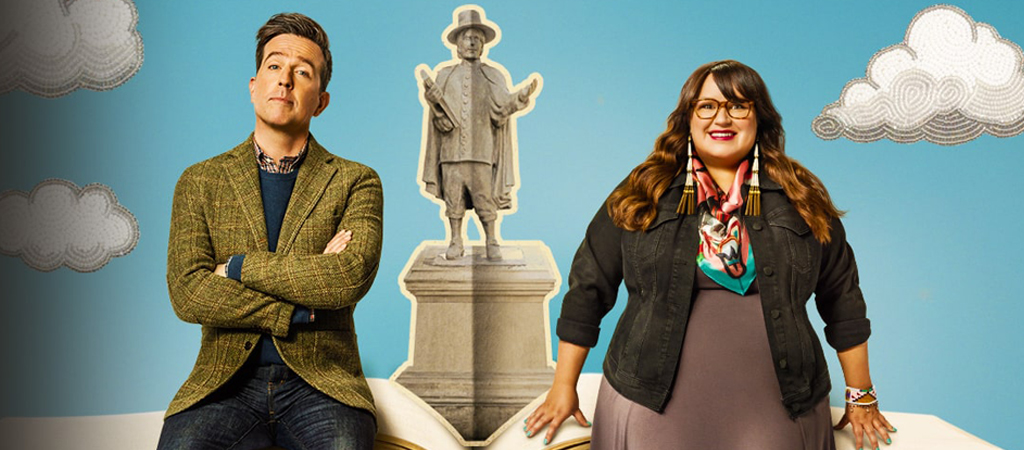
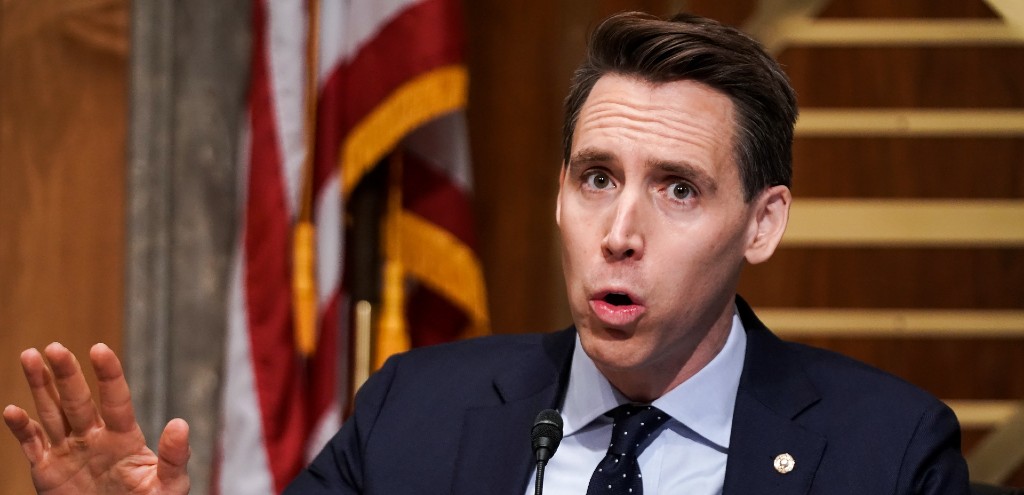
 (@labyrinthweaver)
(@labyrinthweaver)  (@ImSpeaking13)
(@ImSpeaking13) 

